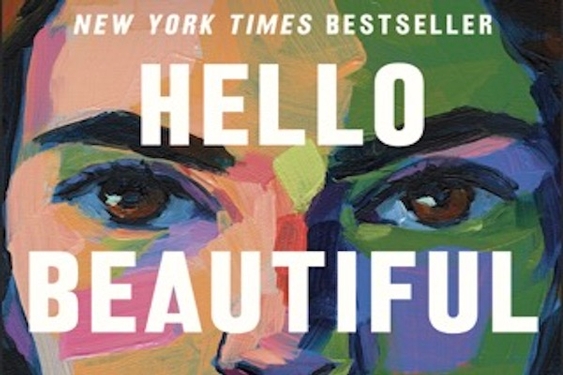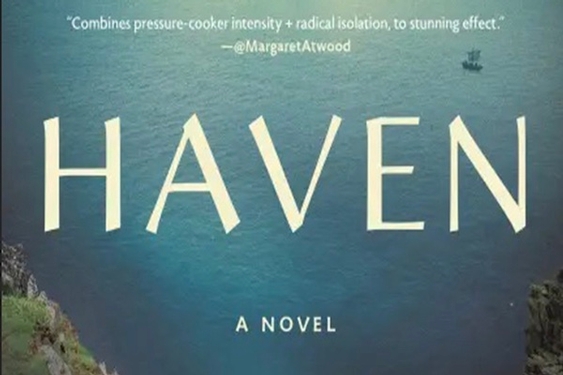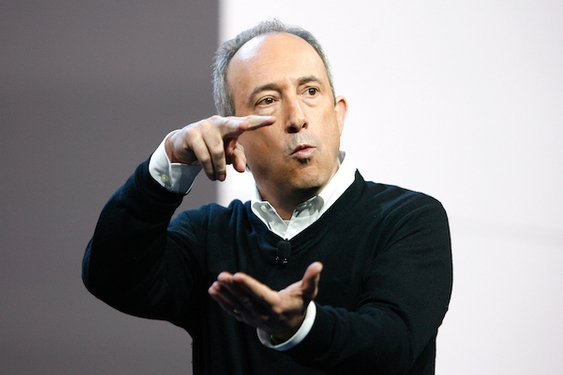Every day hundreds of letters – thank you notes, invitations, electric bills – arrive in mailboxes around the country, bringing good news, bad news and this-it-your-final-notice news to the general public. With a few exceptions, the most important of these letters is typed up on university letterhead and determines where you may end up spending the next four(ish) years of your life: the college acceptance letter.
Besides forking over $60 to send in an application, to get an acceptance letter students join clubs, study hard, take prep classes and buy tons of self-help books, some more dense and challenging than others. One such book on the market, Life’s Little College Admissions Insights: Top Tips From the Country’s Most Acclaimed Guidance Counselors, is a compilation of answers from (you guessed it) acclaimed guidance counselors from various schools to the sorts of questions students have in the months leading up to acceptance letter season during the spring of senior year.
“There are tons of college guide books that are completely intricate and so dense – it’s really overwhelming for students,” says Cole Yaverbaum, a soon-to-be college freshman who co-authored the book along with her father, Eric Yaverbaum. “We wanted our book to be a little more accessible. We made a list of six pretty basic questions and e-mailed them to thousands of guidance counselors.”
The book was written during Cole’s college admission process. While Eric, CEO and founder of Ericho Communications, has written several self-help books on leadership and public relations, this is Cole’s first writing credit. Father-daughter relationships vary between most families, but Cole’s account of working with her old man is positive.
“He’s one of my best friends,” she says.
Though her father is use to dealing with business-oriented professionals, the pair was able to work together, says Cole. Her father found time to work with her not only as a co-author but as a father, meaning road trips to college campuses and everything else that helps narrow down the laundry list of possibilities to a few top schools.
According to Cole, this narrowing down should start at the beginning of junior year.
“At the beginning of your junior year you should start thinking about where you want to visit,” says Cole. “By the end of the year you should have a list of where you want to apply.”
Life's Little College Admission Insights came out in January of this year, a couple of months before Cole received her admission letter from Colby College in Maine. But her closeness to the subject gives her an insight into what college hopefuls want and need to know, an insight that older, more seasoned writers of college guides are too far removed to remember or have ever known.
The sort of advice she has for people applying to college, advice found in Life's Little College Admission Insights, ranges from what sort of timeline students should follow to how to stay open-minded about schools once you have found your dream school. The book is, in part, shaped by her personal experiences and the lessons she learned.
“It’s not wise to visit your top choice first; all the other schools won’t seem as good,” says Cole, who applied to around 10 schools.
Cole says she started the college application process off with an “uninformed goal,” a dream school she hadn’t researched. Part of the college application process, or any application process, involves being open to previously unexplored possibilities.
Though the age for college admissions may have passed you, some of the tips Life’s Little College Admission Insights offers are timeless. Whether you’re applying to school for your B.S., your M.A. or your Ph.D., it always pays to start early and be realistic. And, if things don’t work out with your dream school, keep everything in perspective.
“[Being rejected] wasn’t really that tough,” says Cole. “It was easier than I thought it would be. The rejection came with a lot of acceptances.”
Life’s Little College Admissions Insights is currently available.
Books: Special Features
Cole Yaverbaum: Shares Life’s Little College Admissions Insights
By Arit John
Article posted on 8/18/2010
This article has been viewed 3709 times.




